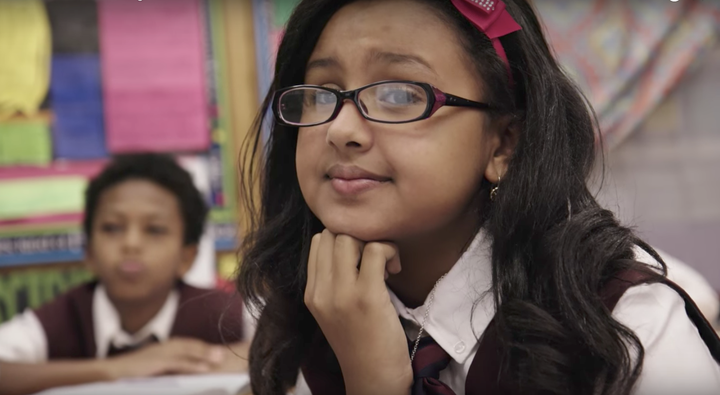
When I was growing up, school supplies were pretty uniform across the country; you had your books, number #2 pencils, pens, paper, possibly a ruler but not much else was required. Fast forward to present day where in one given school district hundreds of classrooms are equipped with electronic chalkboards, students are taking quizzes online and printing 3D models, others walk the halls toting laptops. And yet, just over the county line, at a different middle school, they lack the basic technology to access Wikipedia, to write a term paper, to research a news item. There are no laptops and, at best, shared computers. There may even be no access to the internet. This is the reality for hundreds of thousands of students across America; this is the digital divide.
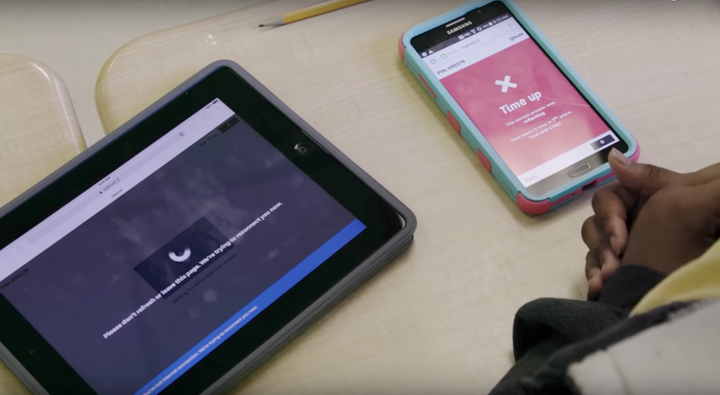
By the year 2020, approximately 77% of all U.S jobs will require computer skills, leaving thousands of students out of America’s digital future. When I spoke with people about the film that I was making with Verizon on the digital divide, about how millions of kids do not have access to computers or the internet, they assumed I was making a documentary about schools abroad. They believed that such a situation would only occur in developing countries within Africa or Asia. When I told them that this was happening in their own backyards, they were shocked. But the sad truth is that this is happening all across America, primarily in poor school districts in public schools in every state kids are being left behind.
For years the public school system has worked this way, favoring the wealthy and systematically disempowering the poor. School districts across the nation continue to be separated by tax bracket, limiting the distribution of wealth across the region. And while some schools may own computers, many lack the resources to train their teachers on how to use and implement technology in the classroom, resulting in hundreds of unused iPads and laptops collecting dust in hallway closets.
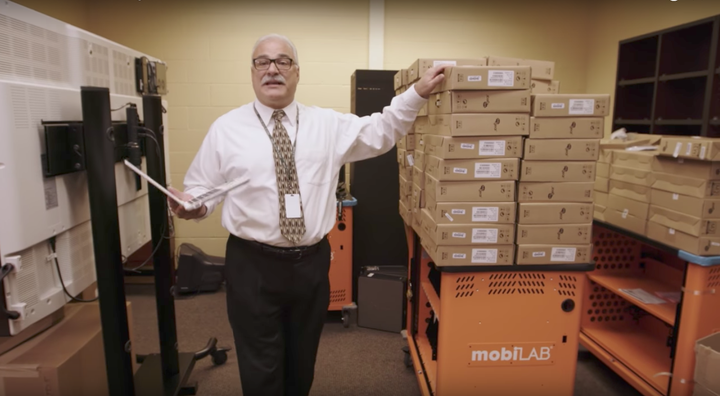
Why is this happening? I believe that we need to urge our elected officials and government agencies to do more. We need universal infrastructure to provide adequate technology for students. Additionally, general awareness of this issue is low, preventing communities from advocating for themselves and their children. As of now, grassroots organizations, nonprofits and private companies are leading all progressive initiatives.
Those of us who grew up before the digital age may not be aware of this chasm. In my generation classroom interactions were limited to teachers standing in front of the room with overhead projectors rehearsing multiplication tables. But education today requires a thorough and considered integration of technology and this changes the teaching model. For our kids to succeed, teachers must act almost as coaches, engaging with students, with tech in hand. Unfortunately, this presents a challenge not easily overcome and contains multiple steps to resolve the crisis.
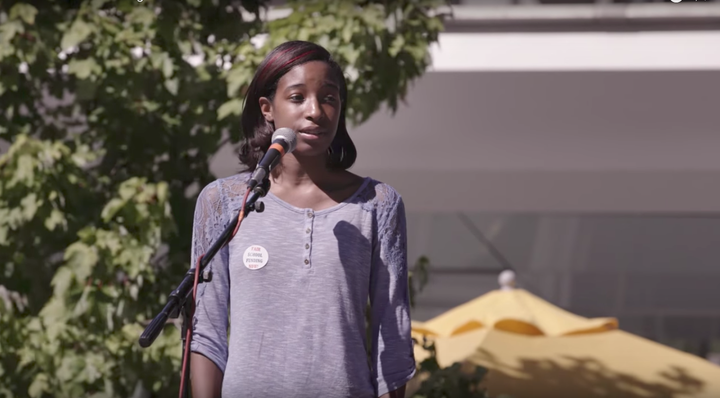
The first step is awareness: our country must realize that our kids are being significantly left behind in terms of their education. The second step is connectivity: while children in our schools are unable to access the internet, our international counterparts in Asia, in Europe and across the globe have their students building robots and printing digital models to solve math problems. The third step is teacher training: in order to help our young people to succeed and, in turn, boost our global economy, we will need to give our students the qualified technological training and skills to fill the four million STEM jobs available.
If nothing else, I hope that our film, Without A Net, raises awareness of the complex problems that we face. If we do not act on this issue, the implications are stark: our future workforce will be unprepared to meet market demands – while students from Europe, Australia, Asia and South America will have received advanced technological educations. Our children, our economy and our country will fall behind. But, if we do take the necessary steps to solve this issue, we will be providing students with a future filled with possibility, we will be taking real steps towards leveling the playing field, we will be working to rebuild the American Dream.
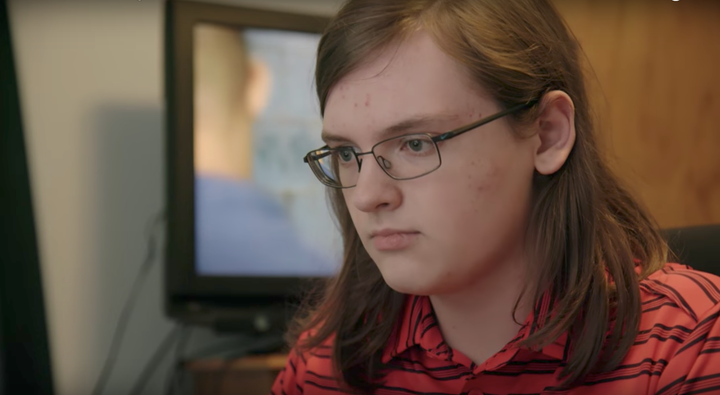
Let’s join together today to find solutions for these challenges. Now is the time. All of our futures depend upon it.
To learn more about the issue and the documentary, Without a Net: The Digital Divide in America, watch an interview with Meredith Viera and the filmmakers below. Visit digitaldivide.com for more information, to watch the film, or to get involved in Verizon’s mission to help #closethedivide.